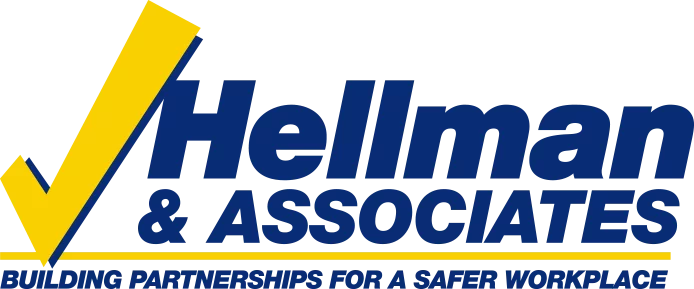Why is PPE So Important?
- Each year, about half a million disabling work-related injuries involve the head, eyes, hands, and feet.
- Each day, about 2,000 U.S. workers have a job-related eye injury that requires medical treatment.
- There are 110,000 lost time cases due to hand injuries annually. 70% of workers experiencing a hand injury were not wearing gloves. The other 30% had gloves, but they were damaged or inadequate for the task performed.
- If you understand these and other injury statistics and how to best assess hazards you encounter and how to select, use, and maintain the right PPE for the job, you will be less likely to be injured or get sick.
OSHA’s Control Hierarchy for Controlling Workplace Hazards
- Workers often view PPE as the best and only option for protecting themselves against workplace hazards.
- In reality, PPE is to be used as a last resort, after considering more effective options, such as elimination, substitution, and engineering and work practice controls, or, if necessary, in combination with such controls.
- The single greatest limitation with PPE is the reliance on workers to wear and fully understand its uses and limitations.
- If worn incorrectly or poorly maintained, PPE can give workers a false sense of security.
Importance of PPE Hazard Assessments
- Employers and employees alike need to assess the workplace for hazards that may necessitate the use of PPE. This should be an integral part of pre-work planning.
- Once a PPE determination is made, PPE must be selected, such that it provides the proper fit, an adequate level of protection against expected hazards, and doesn’t introduce new hazards (e.g., using tinted safety glasses indoors or gloves around rotating equipment).
General PPE Information
- You must be provided with most, if not all, of your PPE free of charge.
- You must be trained on the uses and limitations of the PPE that applies to your work.
- Ensure your PPE has the appropriate designations and markings and fits you properly.
- Ensure PPE is kept clean and maintained in good condition. If PPE becomes damaged/defective or is unavailable, dispose of it or bring these concerns up to your supervisor.
- If you are permitted to purchase or use your own PPE, ensure it meets all of the company requirements.
- In addition to PPE, ensure you wear the appropriate work apparel for the work task or environment.
